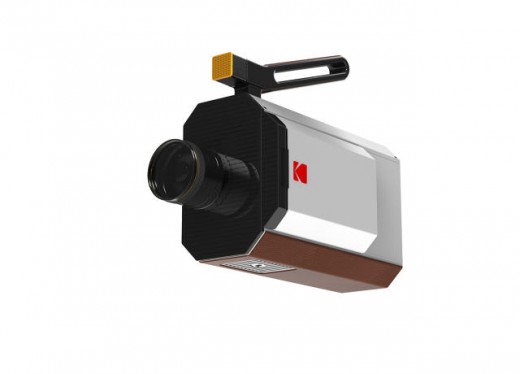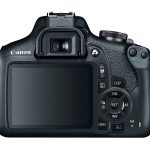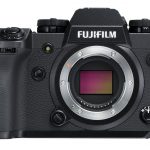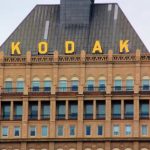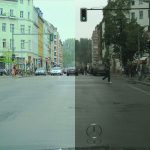Kodak And Yves Béhar staff Up On An 8mm camera to save lots of The movie business
Can the primary new 8mm camera in over 30 years ever be greater than a cult object?
January 6, 2016
long sooner than we had iPhones and GoPros, or even VHS camcorders and recordable minidiscs, dwelling films and beginner shorts had been shot on film: an 8mm strip of celluloid that Kodak debuted all over the nice despair to woo households that couldn’t have enough money the greater 16mm structure. In 1965, Kodak subtle the platform to a higher high quality, cartridge primarily based “tremendous 8.”
Now, 50 years later—and as a minimum a decade after the “is movie useless?” debate ended with a powerful “yes”—Kodak has teamed up with Yves Béhar’s design studio Fuseproject to release a brand new tremendous eight digital camera to inspire the next era of filmmakers to in reality shoot on film.
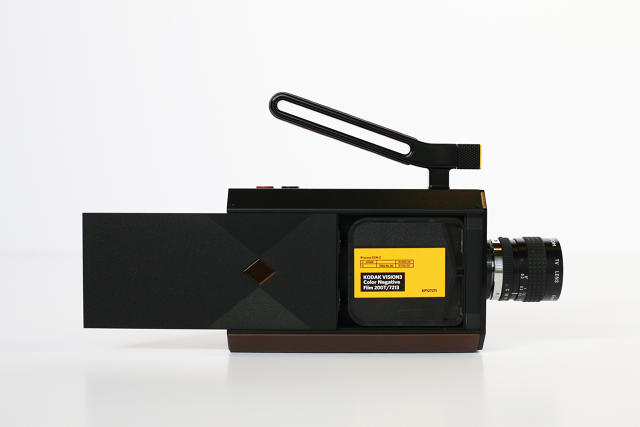
Arriving at an undisclosed date, the first Kodak tremendous 8 will cost round $1,000, though the cost of future iterations will sooner or later drop to around $four hundred to $seven-hundred. It’s a lovingly retro affair, built across the classic super eight cartridge in a body of bent sheet steel, but it surely’s outfitted with a combination of analog and digital technologies: the camera will characteristic interchangeable lenses, the classic tremendous 8 pistol grip, a prime-set up motion grip, a USB-chargeable battery, and an liquid crystal display viewfinder. it will shoot in five speeds, too.
“the texture of the camera is professional, in a sense that it’s robust, greater, and uses robust supplies. Its [build is] actually that of a device. It’s like a hammer. one thing you’re going to be using repeatedly and depend on on your craft,” Behar says. “i think, in some ways, it’s retro because the film, the reel, and the gadget within the digicam takes area. So it’s in regards to the measurement of an ordinary tremendous eight digital camera. that you may’t match these traditional movie elements right into a smaller form issue.”
It goes without announcing that Kodak’s golden age is lengthy over. despite releasing the arena’s first business digital digital camera within the 1990s, the corporate fell in the back of in a global that impulsively transitioned from ink to bytes. in consequence, Kodak is left sifting during the remnants of its as soon as rich R&D division for a breakthrough in pharmaceuticals or displays sooner than the patents go obsolete.
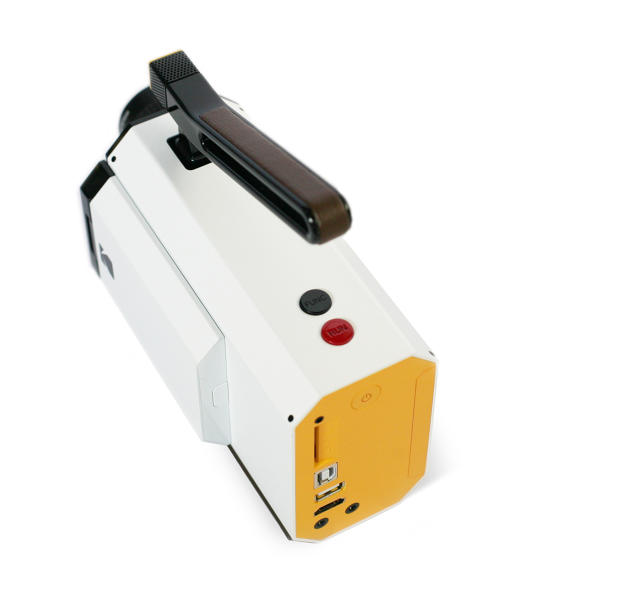
back in 1990, the corporate’s movie business drove $19 billion in revenue. Kodak employed one hundred forty five,000 individuals globally at its height. as of late, the company lives in the shadow of chapter. Owned by means of a handful of investment firms, Kodak does roughly $2 billion of earnings with eight,000 staff. (movie handiest represents 10% of Kodak’s total industry, whereas over half of of Kodak’s revenue in fact comes from business printing services.)
but $200 million or so continues to be some huge cash, and Kodak’s film business, while smaller than it as soon as was once, is successful. When CEO Jeff Clarke took over the company two years in the past, a key dialogue was once whether or not or no longer Kodak will have to stay in the film trade at all. He was once impressed to continue Kodak’s film legacy after discussions with Hollywood’s elite, people like Christopher Nolan, JJ Abrams, and Quentin Tarantino, who continue to leverage their influence with studios to make use of movie regularly. “on the absolute best end, the directors of crucial films have made decisions that they’re going to continue to shoot on movie,” Clarke says. “but you want a 2d generation.”
“We imagine if movie is going to proceed, it is vital that students be able, and artists give you the option [to shoot on it],” he says, likening the possible renaissance of film to that of vinyl. “tremendous 8 is a chance, a gateway, for folks to come back in and shoot movie again.”
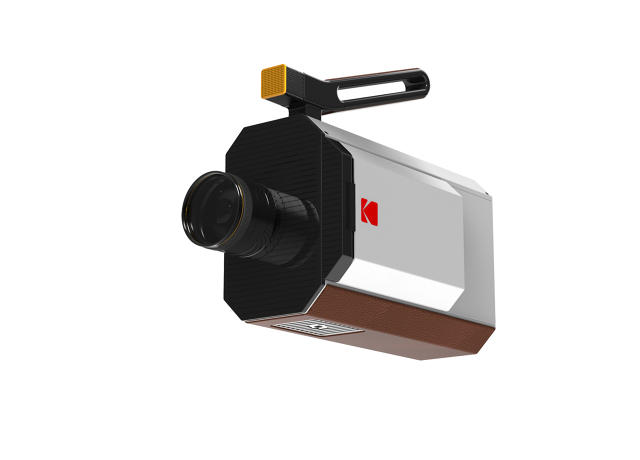
So along with releasing a brand new super eight digital camera, Kodak will probably be constructing out a complete infrastructure of building so that getting prints and digital conversions is convenient. You’ll buy the movie. Shoot. send it in to Kodak. And obtain back a developed print to undertaking in addition to a digital file to edit or share on social media. your entire cost in supplies and processing will run between $50 and $seventy five for every 3-minute cartridge of film.
“Is it costlier than capturing one thing to your iPhone? in fact it’s,” Clarke says. “nevertheless it’s no doubt differentiated.”
As for the possible market measurement for super 8, Clarke isn’t terribly concerned. He knows that the film money is rarely coming back, and in that regard, their super 8 digital camera appears to be a shielding play greater than anything else. “We don’t predict to grow back to the 50% [revenue] range of the previous,” Clarke says. At minimal, tremendous eight is a platform to keep an elite few using film into the longer term, and maybe more importantly, a tangible approach to get individuals occupied with Kodak once more.
(23)

